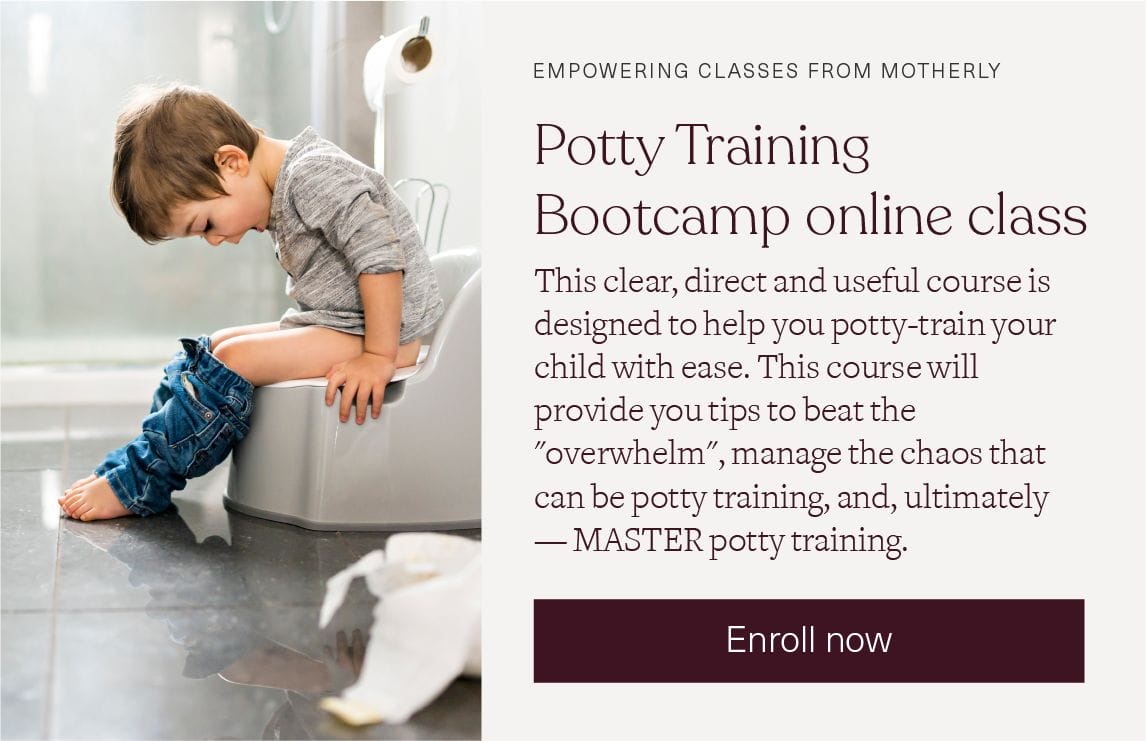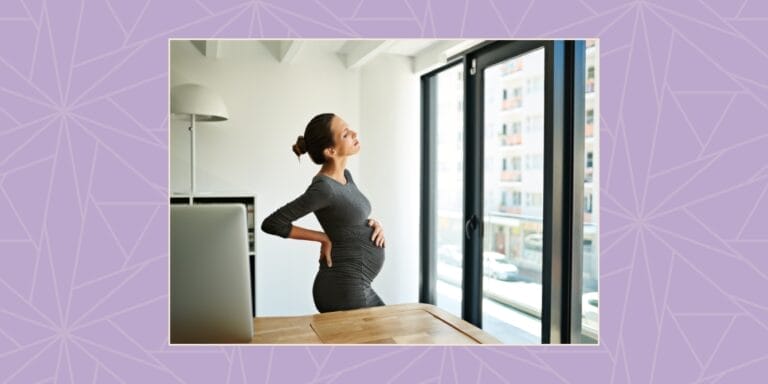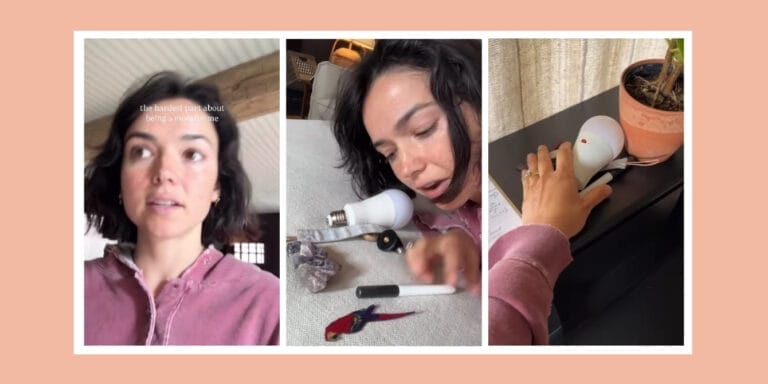How to conquer potty training—at the right time

Here are some basic ways to determine potty training readiness.
Table of Contents
- When to start
- Potty training typically emerges anywhere from age 18 months to 3 years old. Anywhere in between that very wide age gap is considered normal.
- 1. The child knows when they have soiled themselves and will indicate it to you in some way (cognitive skill).
- 2. The child has physical control to hold the bladder or bowel movement for even a few seconds to run to the potty (physical skill).
- 3. They already have a strong association between pee and poop and the potty (cognition).
- Top 7 helpful methods
Here are some basic ways to determine potty training readiness, including some tried and true tricks of the trade for helping your little one be more independent in the bathroom.
When to start
I know everyone probably wants to know a precise age for when they should toss the diapers to the curb, but unfortunately, for this skill, every child truly is different. There are so many factors involved, like muscle control, child’s temperament, male vs. female urinary systems anatomy and cognition level.

Potty training typically emerges anywhere from age 18 months to 3 years old. Anywhere in between that very wide age gap is considered normal.
My theory is, it is never too early to start teaching potty concepts and words.
It might seem like a daunting task to figure out when you should start potty training your child, but fortunately, there are three very important pre-readiness skills hat can help you determine if your child is ready to start.
1. The child knows when they have soiled themselves and will indicate it to you in some way (cognitive skill).
This is the most important pre-readiness skill. If they aren’t aware and indicate this to you in some way, then they aren’t ready.
2. The child has physical control to hold the bladder or bowel movement for even a few seconds to run to the potty (physical skill).
This might be hard to determine and sometimes the only way to know is by trial and error. If they don’t quite make it the first few times you try, that’s okay. It doesn’t mean they aren’t necessarily ready—it just means they need more practice holding for a few seconds when they feel the urge.
3. They already have a strong association between pee and poop and the potty (cognition).
The child needs to know that poop and pee go in the potty. They need to have physically laid eyes on the duty and others performing the duty. You need to be sure they have made a strong association between the two concepts.
Top 7 helpful methods
Modeling the desired outcome
Children learn best through modeling. They need to physically watch an adult or sibling frequent the bathroom and perform the deed (preferably the same sex if possible, but not a requirement). I hope you fellow mothers can laugh about this clearly NOT being a challenging goal. (I haven’t taken a pee alone since 1999.)
Naked time
You know all those parenting books that claim they can help your child learn to use the potty in three days? Most of them recommend naked time for three consecutive days. Is it messy? Heck yes, it is. Will you likely be cleaning up poop from some unknown oddly shaped surface in the near future? Probably. Will it teach your child what is happening down there when they are pooping and peeing? Yes, it certainly will!
The feeling of peeing in a diaper is totally different than peeing in the bare. I highly recommend lots of naked time for toddlers on the verge of potty training. Either stay home for a full three days of nakedness (preferably in your backyard) or just take their pants off every opportunity you get for a few weeks.
When they pee or poop, make sure not to say any alarming or scary sounds or they will feel ashamed to perform in front of you. Even if they pee on your favorite chair, try to force a smile and say, “Yay! you made pee pee! Next time lets put it in the potty.”
Helping flush
What mother out there hasn’t realized how much your child loves to flush the toilet? What if you let them flush all thee pee and poop their little hearts desired? That way they can visually see the desired outcome multiple times a day. Repetition is always key with learning new skills.
Books
While I don’t think reading books alone could ever potty train your child, I do think there are a lot of really good potty books on the market that discuss the topic, like Princess Potty, Potty Superhero: Get Ready for Big Boy Pants and Oops I Wet My Pants.
Labeling and verbalizing
When your child makes a number two in their diaper, tell them what they did! Think of how many times you are reinforcing the concept for them if you say, “You pooped!” every time you change a number two. Once they understand what you’re saying, they will start saying it themselves, which is the most important pre-readiness skill.
Buy the right equipment
Most toddlers obviously cannot reach the ground with their feet. Since our feet give us our base of support and sense of stability, they completely lack both things when seated on a regular toilet. Actually, they are basically holding on for dear life. In order for the muscles down there to relax, they need to feel stable and comfortable. Some great toileting tools are the Potty Step Stool and Potty Seat Cover.
Set a potty routine
I don’t recommend being rigid about a potty schedule—your child needs to eventually be the one who feels the urge and responds appropriately. But I do think a few regular intervals during the day are helpful for training their bodies. Set these semi-routines at times that make sense like right when they wake up from a nap and after they finish lunch.
Okay mamas and papas, get yourself ready for a full few years of talking about poop and pee. Also, be ready to sprint as fast as humanly possible when your kiddo starts doing the pee-pee dance. Don’t forget to be patient with those little babes!
Originally posted on Helping Hands Occupational Therapy.


































